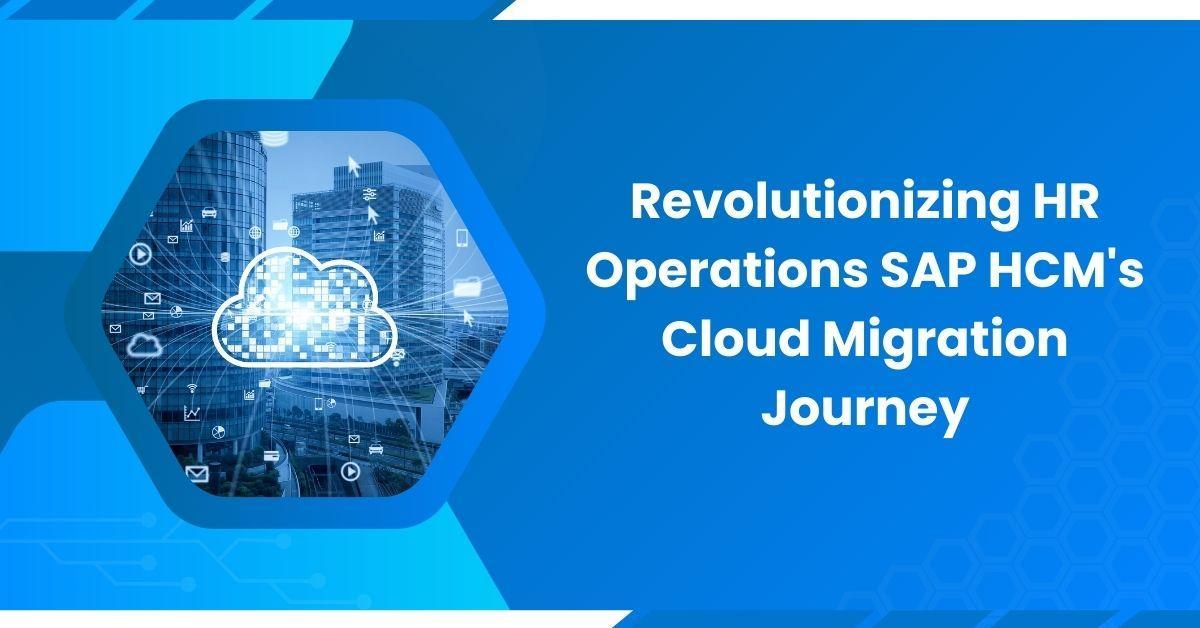In this modern era of digital transformation, enterprise HR systems are undergoing a monumental shift. Vijayaratnam Sirangula, through his in-depth research, examines the evolution of SAP Human Capital Management (HCM) systems, highlighting their transition from traditional on-premise solutions to cutting-edge cloud-based platforms. His analysis explores the innovations driving this transformation and their profound impact on HR processes and organizational efficiency. This shift represents a fundamental change in how HR technology empowers organizations to meet the demands of a dynamic workforce.
The Historical Evolution of HR Systems
Human Resource Management (HRM) systems have evolved significantly from their origins as paper-based processes in the mid-20th century. The introduction of enterprise resource planning (ERP) in the 1990s brought integrated solutions that unified HR functions with business operations, revolutionizing workforce management. SAP HCM emerged during this time as a pivotal solution, offering organizations centralized platforms for personnel administration, payroll, and talent management. This technological leap marked a shift from operational support to strategic decision-making in HR.
The Shift to Cloud-Based Solutions
The migration from on-premise systems to cloud-based platforms, like SAP SuccessFactors, represents a game-changing development in HR technology. This transition addresses longstanding challenges such as high maintenance costs, complex updates, and limited accessibility. By leveraging advanced analytics, artificial intelligence, and mobile-first design, cloud solutions empower organizations to streamline HR functions, enhance employee experiences, and adapt to dynamic business needs. These innovations make enterprise-grade HR capabilities accessible to organizations of all sizes.
Architectural Advancements: Flexibility and Scalability
The shift to cloud infrastructure has introduced microservices-based architectures that prioritize flexibility and scalability. Containerization and orchestration technologies enable efficient resource utilization and simplified maintenance. These innovations allow organizations to focus on strategic HR initiatives, leveraging reliable, low-overhead systems to support workforce goals. This evolution ensures that HR systems remain resilient and adaptable to rapid changes in business environments.
AI and Predictive Analytics: Transforming Workforce Insights
The integration of artificial intelligence and predictive analytics into SAP HCM systems has revolutionized HR processes. AI-powered tools offer real-time workforce insights, enabling proactive decision-making in areas like talent acquisition and employee retention. Predictive models analyze complex datasets to forecast attrition risks, identify skill gaps, and recommend personalized development plans. These capabilities empower organizations to not only retain top talent but also align employee growth with business objectives.
Streamlining HR Operations with Automation
Robotic Process Automation (RPA) has transformed administrative HR tasks, reducing manual interventions and improving efficiency. Automated payroll processing and document management systems handle complex calculations and data reconciliation with exceptional accuracy. These systems reduce processing times by up to 65%, freeing HR professionals to focus on strategic initiatives. Automated systems also enhance compliance by ensuring regulatory accuracy in every transaction.
Enhancing Security and Compliance
With the adoption of cloud-based solutions, security and compliance have become top priorities. SAP HCM platforms implement advanced encryption protocols, role-based access controls, and real-time threat detection to safeguard sensitive employee data. Privacy-by-design principles and adherence to global regulations like GDPR ensure that organizations maintain trust and operational integrity. These measures help mitigate risks while fostering a culture of data protection and transparency.
Future Innovations in HR Technology
Emerging technologies such as blockchain, deep learning, and advanced mobile applications are poised to further enhance SAP HCM systems. Blockchain ensures transparency and security in credential verification processes, while deep learning improves workforce communication through sentiment analysis and predictive interactions. These innovations promise to make HR functions more efficient, reliable, and adaptive to future workforce trends. Organizations that adopt these technologies will position themselves as leaders in the evolving digital workplace.
In conclusion, Vijayaratnam Sirangula’s research underscores the transformative potential of SAP HCM’s transition to cloud-based solutions. By integrating advanced analytics, artificial intelligence, and automation, these systems redefine HR operations, enabling organizations to achieve greater efficiency, security, and employee engagement. This transformation demonstrates the value of aligning HR strategies with cutting-edge technology to drive organizational success. As enterprises continue to adapt to evolving business environments, SAP HCM’s innovations highlight the path toward scalable, flexible, and future-ready workforce management. These advancements not only optimize HR processes but also empower organizations to foster a culture of innovation and continuous improvement.





























